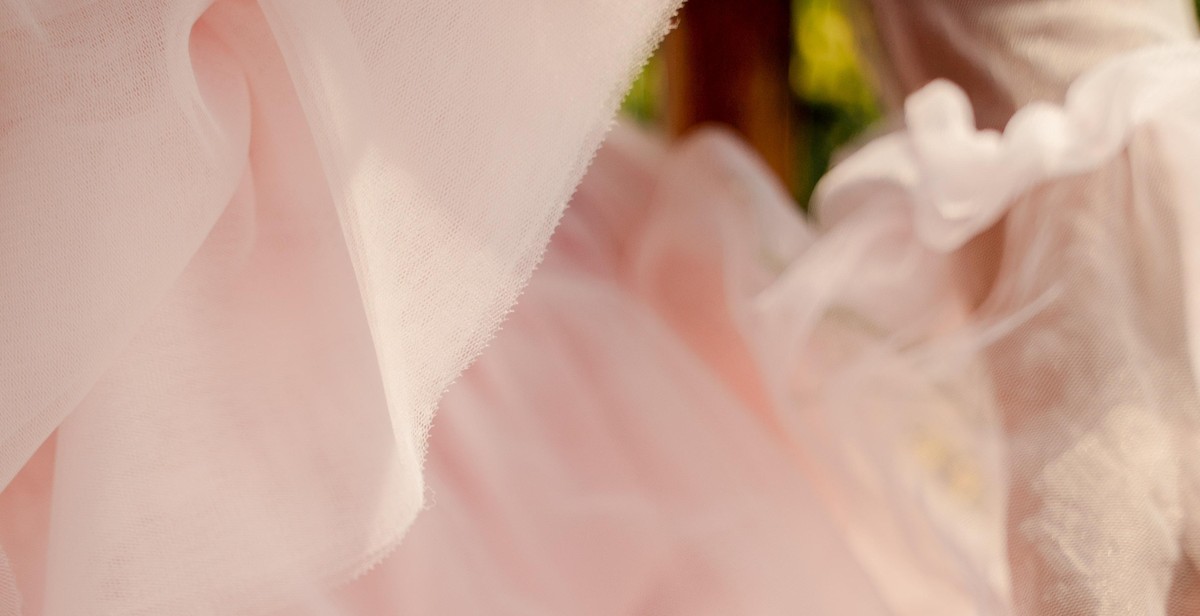How to Choose the Right Fabric for Your DIY Dress Project
Choosing the right fabric for your DIY dress project can be a daunting task, especially if you are a beginner. There are many different types of fabrics available, each with their own unique properties and characteristics. It is important to choose a fabric that not only looks good but also feels good and is comfortable to wear.
When choosing a fabric for your dress project, there are several factors to consider, such as the occasion, the season, the style, and your body type. You also need to consider the drape, weight, and texture of the fabric, as well as its durability, care requirements, and cost.
In this article, we will guide you through the process of choosing the right fabric for your DIY dress project. We will discuss the most popular types of fabrics for dresses, their properties, and their recommended uses. We will also provide you with tips on how to care for your fabric and avoid common mistakes.
Types of Fabrics for Dresses
There are many different types of fabrics that can be used for dresses, each with their own unique properties and characteristics. The most popular types of fabrics for dresses include:
- Cotton
- Silk
- Chiffon
- Lace
- Satin
- Jersey
- Denim
- Rayon
Each of these fabrics has its own benefits and drawbacks, and some are better suited for certain types of dresses than others. We will discuss each of these fabrics in more detail in the following sections.
Understanding Fabric Types
Choosing the right fabric is crucial for any DIY dress project. There are three main types of fabrics: natural, synthetic, and blended. Each type has its unique characteristics and properties that determine its suitability for specific projects.
Natural Fabrics
Natural fabrics are made from materials that come from nature, such as cotton, silk, wool, and linen. These fabrics are highly breathable, comfortable to wear, and environmentally friendly. They are also durable and can withstand wear and tear over time. Natural fabrics are ideal for summer dresses, casual wear, and formal attire.
| Fabric Type | Characteristics | Best Uses |
|---|---|---|
| Cotton | Soft, breathable, easy to care for, and available in many colors and patterns. | Summer dresses, casual wear, and children’s clothing. |
| Silk | Luxurious, shiny, and drapes well. It is also strong and durable. | Formal wear, evening gowns, and high-end fashion. |
| Wool | Warm, soft, and comfortable. It is also moisture-wicking and durable. | Winter dresses, suits, and coats. |
| Linen | Lightweight, breathable, and dries quickly. It also has a natural texture and wrinkles easily. | Summer dresses, casual wear, and suits. |
Synthetic Fabrics
Synthetic fabrics are made from artificial materials, such as polyester, nylon, and rayon. These fabrics are durable, easy to care for, and affordable. They are also versatile and can mimic the look and feel of natural fabrics. Synthetic fabrics are ideal for sportswear, swimwear, and activewear.
| Fabric Type | Characteristics | Best Uses |
|---|---|---|
| Polyester | Durable, wrinkle-resistant, and moisture-wicking. It is also available in a variety of colors and patterns. | Sportswear, swimwear, and activewear. |
| Nylon | Strong, lightweight, and quick-drying. It is also resistant to wrinkles and abrasion. | Sportswear, swimwear, and hosiery. |
| Rayon | Soft, silky, and drapes well. It is also breathable and comfortable to wear. | Dresses, blouses, and lingerie. |
Blended Fabrics
Blended fabrics are made by combining natural and synthetic fibers, such as cotton-polyester blends or wool-acrylic blends. These fabrics offer the best of both worlds, combining the durability and affordability of synthetic fabrics with the comfort and breathability of natural fabrics. Blended fabrics are ideal for everyday wear and casual attire.
| Fabric Type | Characteristics | Best Uses |
|---|---|---|
| Cotton-Polyester Blend | Durable, easy to care for, and available in a variety of colors and patterns. It is also breathable and comfortable to wear. | Casual wear, everyday wear, and children’s clothing. |
| Wool-Acrylic Blend | Warm, soft, and comfortable. It is also affordable and easy to care for. | Winter dresses, suits, and coats. |

Considerations for Fabric Selection
Choosing the right fabric for your DIY dress project is crucial to achieving the desired outcome. Here are some important considerations to keep in mind:
Project Type
The type of project you are working on will determine the type of fabric you need. For example, if you are making a summer dress, you may want to choose a lightweight fabric such as cotton or linen. If you are making a formal dress, you may want to choose a more structured fabric such as silk or satin.
Season and Climate
The season and climate in which you will be wearing the dress should also be taken into consideration. For example, if you live in a hot climate, you may want to choose a breathable fabric such as cotton or rayon. If you will be wearing the dress in the winter, you may want to choose a warmer fabric such as wool or flannel.
Color and Pattern
The color and pattern of the fabric you choose can make a big difference in the overall look of your dress. Consider the occasion for which you will be wearing the dress and choose a color and pattern that is appropriate. For example, if you are making a dress for a wedding, you may want to choose a fabric with a floral pattern.
Texture
The texture of the fabric you choose can also play a role in the final look of your dress. A smooth fabric such as silk can give a dress a more formal look, while a textured fabric such as tweed can give a dress a more casual look. Consider the overall style of the dress you are making and choose a fabric texture that complements it.
| Consideration | Examples |
|---|---|
| Project Type | Summer dress: cotton or linen Formal dress: silk or satin |
| Season and Climate | Hot climate: cotton or rayon Winter: wool or flannel |
| Color and Pattern | Wedding dress: floral pattern Professional dress: solid color |
| Texture | Smooth: silk Textured: tweed |

Fabric Shopping Tips
Choosing the right fabric for your DIY dress project is crucial to the success of your creation. To ensure you select the best fabric for your needs, follow these fabric shopping tips:
Visit a Fabric Store
When shopping for fabric, it is essential to visit a fabric store. This will give you access to a wide variety of fabrics, as well as knowledgeable staff who can offer advice and answer any questions you may have. Additionally, you will be able to touch and feel the fabrics, which can help you determine the quality and texture of the material.
Read Fabric Labels
Before purchasing any fabric, be sure to read the fabric label. The label will provide you with information about the fabric’s content, care instructions, and any special considerations you need to keep in mind when working with the material. Pay attention to the fabric’s weight, stretch, and drape to ensure it is suitable for your project.
Buy Extra Fabric
When purchasing fabric, it is always a good idea to buy extra. This will allow you to make any necessary adjustments or corrections to your project without running out of fabric. As a general rule, it is recommended that you purchase an extra half yard to a full yard of fabric, depending on the complexity of your project.
| Tip | Description |
|---|---|
| Visit a Fabric Store | Access a wide variety of fabrics and knowledgeable staff |
| Read Fabric Labels | Get information about the fabric’s content, care instructions, weight, stretch, and drape |
| Buy Extra Fabric | Purchase an extra half yard to a full yard of fabric to make necessary adjustments or corrections to your project |
By following these fabric shopping tips, you can ensure you choose the right fabric for your DIY dress project and achieve the best possible results.
Conclusion
Choosing the right fabric for your DIY dress project can make all the difference in the final outcome. It’s important to consider factors such as the garment style, occasion, and personal preferences when selecting the perfect fabric.
Start by understanding the different types of fabrics available and their characteristics. Natural fibers such as cotton, silk, and linen are breathable and comfortable, while synthetic fibers like polyester and nylon offer durability and easy care. Blended fabrics can combine the best of both worlds.
Consider the weight and drape of the fabric, as well as its pattern and color. Lighter weight fabrics are ideal for summer dresses, while heavier fabrics work well for winter wear. The drape of the fabric can also affect the way the dress hangs and moves. Patterns and colors can add personality and style to your dress.
Don’t forget to prewash your fabric before starting your project to avoid any surprises after the dress is complete. And always follow the care instructions on the fabric label to ensure your dress lasts for years to come.
With these tips in mind, you’re ready to choose the perfect fabric for your DIY dress project. Whether you’re a seasoned seamstress or a beginner, the right fabric can take your dress from ordinary to extraordinary.
